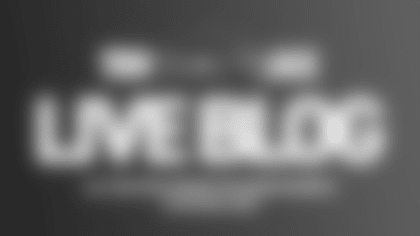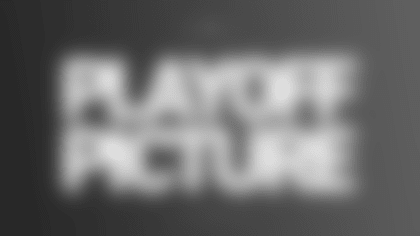*This is the first installment in a five-part series entitled "Revenue-sharing 101," which will address the issues confronting the NFL's small-market and large-market teams in their attempts to adopt a new business model. Jaguars owner Wayne Weaver comments in Part I. *
Wayne Weaver is promoting a proposal he and Steelers owner Dan Rooney made at the recent NFL owners meetings as being a solution to the problem of an ever-widening revenue gap between the league's small-market and large-market teams.
It's known as the "Jacksonville-Pittsburgh plan" and it's based on sharing of all local revenues. According to Weaver's and Rooney's proposal, 34 percent of all local revenues would be put into a pool and divided evenly among the league's 32 teams.
"I've been very outspoken about this at the league meetings. It was a good fit for the two of us to take the lead. We're a small market; (the Steelers) are a middle market," Weaver said of the plan.
The NFL has long operated with a "pool the revenue" concept, though some revenues were designated "unshared." The league modified that concept in 2002, and now more dramatic changes may be required if small-market and large-market teams are to continue to compete on a level playing field.
Previous to the '02 season, the home team would give the visiting team a 34 percent share of the gate. As of '02, 34 percent of the gate receipts from each game were put into a pool and distributed 32 ways. Now, Weaver and Rooney have created a plan that applies the 34 percent idea to all local revenue.
The "Jacksonville-Pittsburgh plan" would put all local revenue, including such unshared monies as luxury suites, stadium naming rights and sponsorship into a 32-team pool. It's a formula intended to ease a revenue disparity between small-market and large-market teams that has reached the point of alarm.
"Does it have a chance? Absolutely it has a chance," Weaver said of his and Rooney's proposal. "It's the only rational long-term commitment, or we become baseball or the other sports leagues."
Large-market teams such as Washington, Dallas and Houston, of course, are obvious opponents to such a strategy. Those three teams would say that if you're going to share my revenue, you should also have to share my debt. Purchase prices, franchise fees and new stadiums are driving those teams' debts and they argue that they need their local revenues to address those debts.
The small-market concern is that the revenues generated by the large-market teams will drive up the salary cap to a level beyond the small-market teams' capabilities. Simply put, the competitive balance the league has always enjoyed between small-market and large-market teams will be at risk if the small-market teams can't afford to spend to the level of the cap.
"It's a small-margin business and all of the margins reside with the top teams in the league," Weaver said. "What (the Jacksonville-Pittsburgh plan) does is re-distribute revenue to teams in small markets who have lower revenues."
In the Jaguars' inaugural season, 1995, the difference in revenue between the top revenue team in the league and the bottom revenue team in the league was $28 million. In 2005, that difference will be about $140 million.
Each team will spend about $103 million on player salaries and benefits this year, leaving the low-revenue teams in danger of operating at a deficit. The Jaguars are in the bottom third of the league's revenue rankings.
"In the early years, our TV revenue covered our player costs," Weaver said.
The owners almost have to come to a revenue-sharing agreement before the league can move forward on a Collective Bargaining Agreement with the players union. The players union is also pursuing a new business model for its next agreement, and it's likely the players will be successful in that attempt.
In 2005, according to the current CBA, the players will receive 65.5 percent of the league's "Defined Gross Revenue." Those revenues do not include monies from luxury-suite licenses and local sponsorship, to name two categories.
The current CBA runs through 2007, but '07 is scheduled to be an uncapped year and that means a new CBA needs to be in place by then. Should the league not have a new CBA by the '07 season, the salary cap system the league has enjoyed since 1993 will be at risk.
A new CBA is expected to be based on a "Total Football Revenues" model in which the players would share in all of the league and individual team gross revenues. Speculation is the players would receive 59 percent of "TFR." In 2005, the NFL is projected to be a $5.6 billion business.
"It's critical," Weaver said of the need for an agreement among owners on a revenue-sharing plan. "The problem now is it's beginning to get so acrimonious that it's pitting partner against partner."
And that's not the formula that made the NFL the most successful pro sports league in the world.














